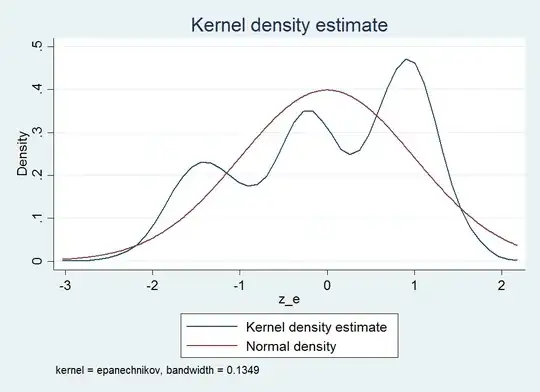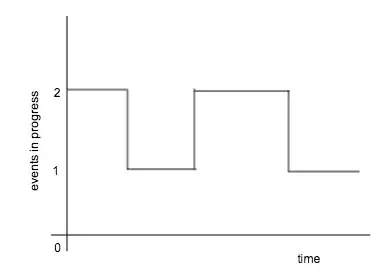I have some questions regarding the process of choosing the appropriate statistical test. While I was working in my previous company, we were using T-test, Welch or Mann-Whitney for checking the statistical difference between two sample taking into account a binary metric.
However, now I started to do more research into it and I found out about Z-test, chi-square test etc.
My current understanding is that, I need to know what type of metric I am working with - could be a binary or continuous metric. In my previous company we were checking for a normal distribution and if data was normally distributed with equal variances - we were using T-test. However, when there was a case of unequal variances in sample - we were using Welch test. In case of non-normal distribution, we were using Mann-Whitney test.
I watched a video from a Data Scientist where she doesn't mention checking for a normal distribution in case of binary metrics. She shows to use Z-test or binomial test. For continuous metrics, she uses Z-test or T-test. (picture below)
I know that there are companies which uses chi-square test for binary metrics and Mann-Whitney for continuous...
Could you please clarify the information I provided above? Where should be the proper process?


